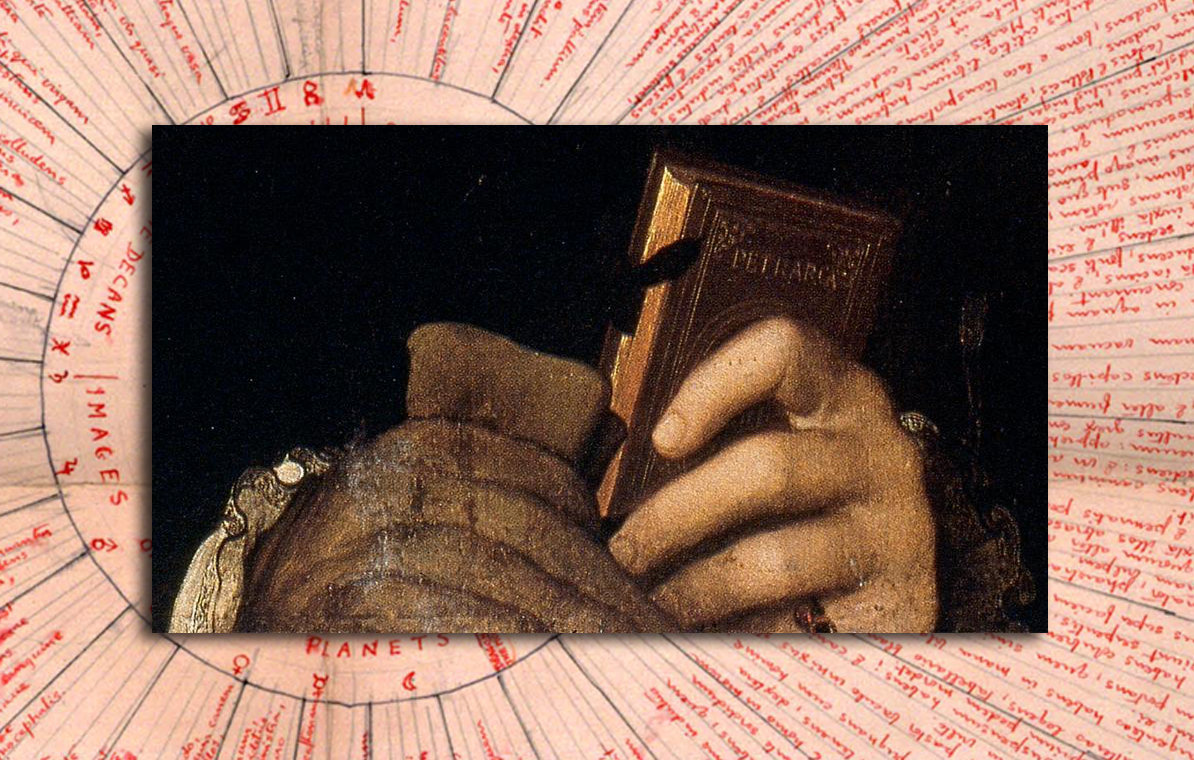The GIS Forma Urbis Romae Project: Creating a Layered History of Rome
DOI:
https://doi.org/10.5399/uo/hsda.3.1.3171Abstract
Using advanced GIS technology and accepted scholarly methods, this multi-disciplinary project intends to create a layered history of Rome by updating Forma Urbis Romae, the cartographic masterpiece of ancient Roman topography published in 1901 by archeologist Rodolfo Lanciani. This extremely accurate map measures 25 by 17 ft and uses an innovative graphic system that represents Rome’s historic urban fabric as a series of transparent layers from ancient to modern. The map remains the standard archeological reference for Rome even though it does not incorporate archeological discoveries uncovered since its original publication 100 years ago. We plan to critically examine, update and eventually republish the map as an interactive website that will also serve as a dynamic geo-database for scholars and others. Our project team will bring its considerable experience in web-based design in the study of the humanities to ensure a highly intuitive product that is accessible, interactive and expandable.Downloads
Published
2013-04-24
Issue
Section
Projects
License
Copyright (c) 2013 James Tice

This work is licensed under a Creative Commons Attribution-NoDerivatives 4.0 International License.
Authors who publish with this journal agree to the following terms:
- Authors retain copyright and grant the journal right of first publication with the work licensed under a Creative Commons Attribution No Derivatives License that allows others to share the work with an acknowledgement of the work's authorship and initial publication in this journal.
- Article and journal metadata is released under a Creative Commons Attribution license.
- Authors may enter into separate, additional contractual arrangements for the non-exclusive distribution of the journal's published version of the work (e.g., post it to an institutional repository or publish it in a book), with an acknowledgement of its initial publication in this journal.
- Authors are permitted to post their work online (e.g., in institutional repositories or on their website) prior to and during the submission process, as this can lead to productive exchanges, as well as earlier and greater citation of published work (See The Effect of Open Access). Indicate that the manuscript is under submission.

